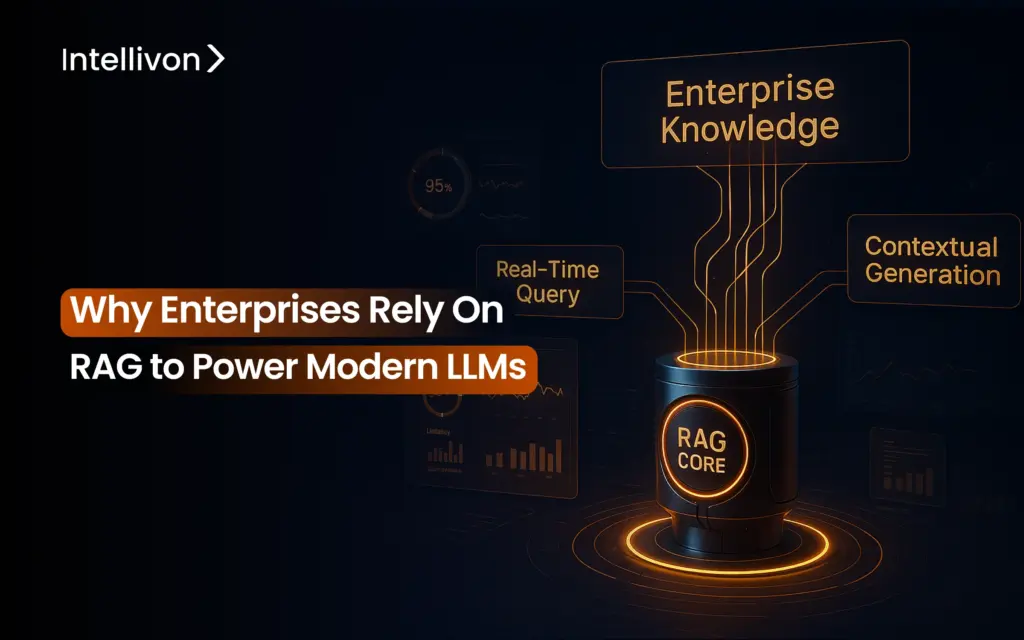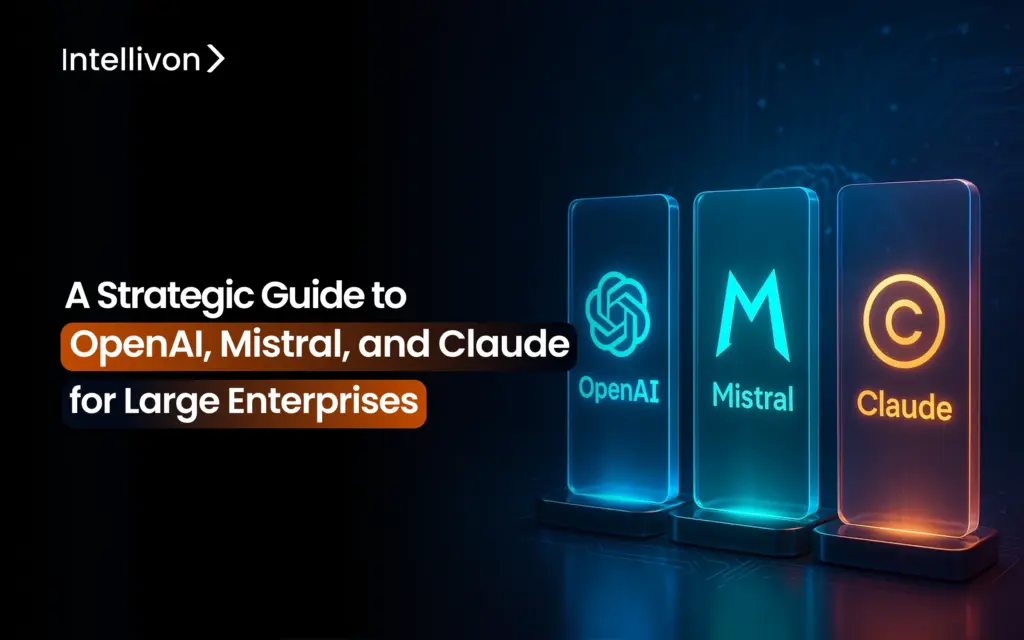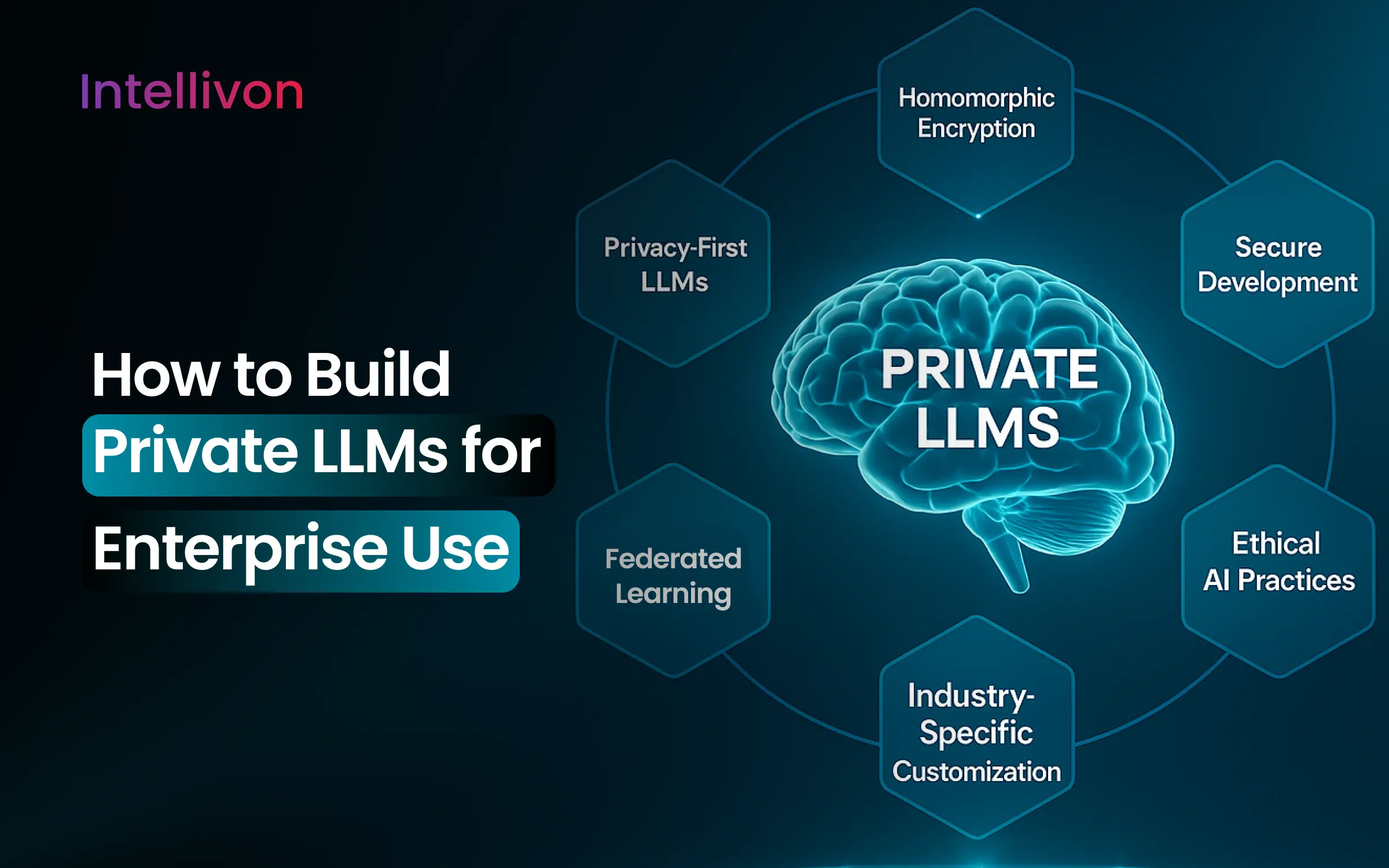Why Enterprises Rely on RAG to Power Modern LLMs

From customer service bots to internal copilots, LLMs are showing up in workflows everywhere. But as fast as adoption is rising, cracks are starting to
A Strategic Guide to Open AI, Mistral, and Claude for Large Enterprises

The landscape of AI is rapidly evolving, particularly with large enterprises embracing LLMs. These powerful AI tools are becoming central to digital strategies. A recent
Decoding the Enterprise AI Tech Stack: Tools You Need

quanAre your AI-based projects stuck in pilot purgatory? It’s a challenge many large enterprises face today. On average, 46% of AI POCs are scrapped before

